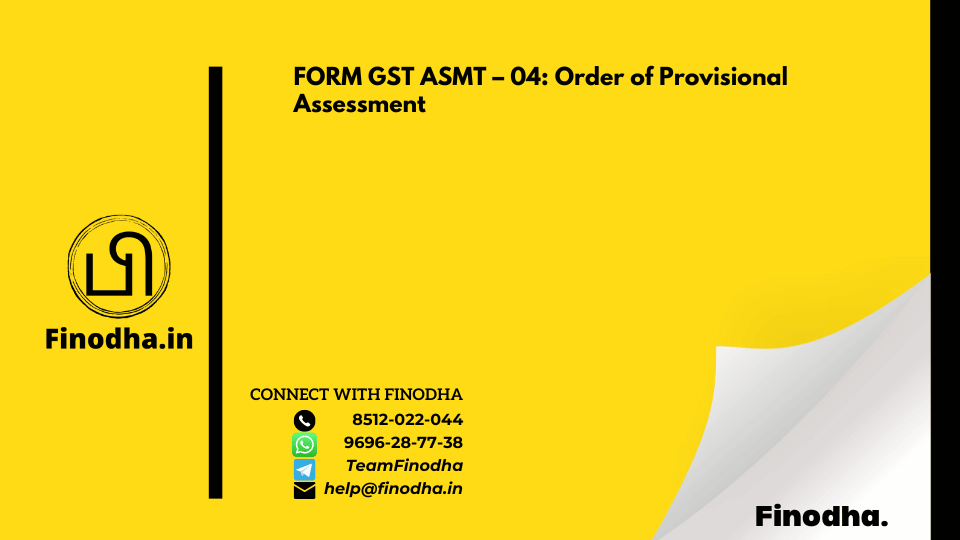Important keyword: Income from House Property, Income Source, Section 80EEA.
Table of Contents
Affordable Housing and Section 80EEA
In Budget 2019, Finance Minister Nirmala Sitharaman outlined a vision for “Affordable Housing,” leading to the introduction of Section 80EEA. This section provides additional tax benefits on home loan interest for first-time home buyers starting from FY 2019-20.
Who Can Claim a Deduction Under Section 80EEA?
The deduction under Section 80EEA is available only to individuals who opt for the old tax regime. Both resident and non-resident individuals can claim this deduction. To be eligible, you must meet the following criteria:
- The stamp duty value of the residential house must be up to INR 45 lakh.
- The loan must be taken from a financial institution or a housing finance company.
- The loan must be sanctioned between April 1, 2019, and March 31, 2022.
- The assessee should not claim any deduction under Section 80EE.
- The assessee should not own any residential house property on the date of loan sanction, making them a first-time home buyer.
The exemption limit under this section is INR 1,50,000. Additionally, you can claim a deduction under Section 24 along with 80EEA, providing a total benefit of up to INR 3,50,000 in a financial year.
Joint Ownership
If a house is owned jointly and all co-owners are making loan installment payments, each can claim this deduction individually, provided all conditions are met.
Conditions for Carpet Area of the House Property
According to the memorandum to the finance bill:
- In metro cities (Bengaluru, Chennai, Delhi NCR, Hyderabad, Kolkata, and Mumbai), the carpet area should not exceed 60 square meters (645 sq ft).
- In other cities or towns, the carpet area should not exceed 90 square meters (968 sq ft).
This definition applies to affordable real estate projects approved on or after September 1, 2019.
Difference Between Section 80EEA and Section 24
The deduction under Section 80EEA is available over and above the deduction under Section 24. This means a first-time home buyer can claim deductions under both sections if all conditions are met. Here’s how they compare:
- Section 24: Allows a deduction of up to INR 2 lakh on home loan interest.
- Section 80EEA: Allows an additional deduction of up to INR 1.5 lakh on home loan interest for first-time home buyers.
Example
Mr. Raj, a salaried individual, purchased his first home for INR 40 lakh. He took a home loan from a housing finance company, sanctioned on June 15, 2019. He pays an annual interest of INR 2.5 lakh on the loan.
- Under Section 24: He can claim a deduction of up to INR 2 lakh.
- Under Section 80EEA: He can claim an additional deduction of INR 50,000 (since the total interest paid exceeds INR 2 lakh).
Thus, Mr. Raj can claim a total deduction of INR 2.5 lakh on his home loan interest.
| Sr. No. | Parameter | Under Section 80EEA | Under Section 24 |
| 1. | Possession | Possession of the property is not required to claim deductions u/s 80EEA | Possession of the property is required to claim deductions u/s 24 |
| 2. | Deduction Limit | INR 1,50,000 | INR 2,00,000 |
| 4. | Source of Loan | A deduction can be claimed only if the loan is taken from banks and financial institutions | A deduction can be claimed even if the loan is taken from friends and family |
| 5. | Value of the Property | The stamp duty value of the house should not be more than INR 45 Lakh | There is no such specification |
| 6. | Category of Buyers | This deduction is available only to first-time home buyers | This deduction is available to all types of home buyers |
| 7. | Loan Period | Deductions are available only if the loan is taken between April 1, 2019, and March 31, 2022 | Deductions are available only if the loan is taken after April 1, 1999 |
How is the Deduction Calculated Under Section 80EEA?
The total deduction available under Section 80EEA is INR 1,50,000 or the interest payable amount, whichever is lower.
To illustrate this, let’s consider two examples:
Scenario 1:
Mr. Murthy took a home loan in FY 2019-20 for a house with a stamp duty value of INR 40 lakh. He paid INR 4,00,000 in interest for the year. He does not own any other residential house on the date of the loan sanction.
Solution:
- Under Section 24: Mr. Murthy can claim a deduction of INR 2,00,000 for home loan interest.
- Under Section 80EEA: Mr. Murthy can claim an additional deduction of INR 1,50,000 since the stamp value of the house is less than INR 45 lakh.
So, the total deduction Mr. Murthy can claim under both sections is INR 3,50,000.
Scenario 2:
Mr. and Mrs. Mehta jointly purchased a house worth INR 45 lakh in FY 19-20. Mr. Mehta individually took a home loan with an annual interest payment of INR 3,00,000.
Solution:
- Mr. Mehta can claim a deduction under Section 24 for INR 2,00,000.
- Under Section 80EEA, Mr. Mehta can claim an additional deduction of INR 1,00,000 (since the interest payable exceeds the limit).
Mrs. Mehta cannot claim a deduction under Section 80EEA as she is not a co-borrower. Thus, Mr. Mehta can claim a total deduction of INR 3,00,000.
ITR Form Applicable for Section 80EEA
Taxpayers can claim a deduction under Section 80EEA when filing their Income Tax Returns (ITR) if all conditions are met. The deduction can be claimed in any of the following ITR forms, depending on the individual’s income sources:
- ITR 1
- ITR 2
- ITR 3
- ITR 4
Supporting Documents
To claim a deduction under Section 80EEA, the following documents are required:
- Form 16: Issued by the employer showing the details of salary and TDS.
- Home Loan Certificate: Provided by the bank showing the interest and principal repayment.
- Bank Account Statement: Showing the EMIs paid.
- Home Loan Sanction Letter: Issued by the bank at the time of loan sanction.
Note: Taxpayers can claim the deduction under this section if the interest is payable, even if the payment has not been made. It is essential to have supporting documents, and the deduction can be claimed even if it is not reflected in Form 16, provided the documents are available.
Read more: Section 80EEB: Deduction for Interest paid on E-Vehicle loan
Web Stories: Section 80EEB: Deduction for Interest paid on E-Vehicle loan
Official Income Tax Return filing website: https://incometaxindia.gov.in/





0 Comments